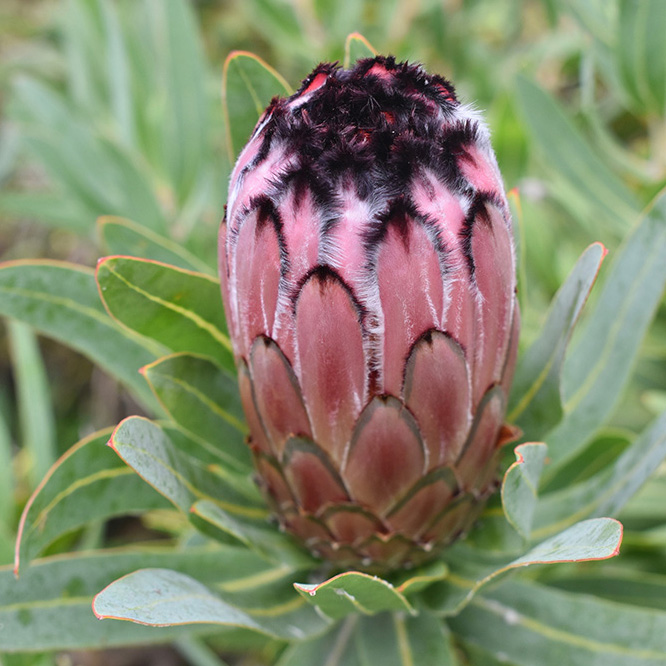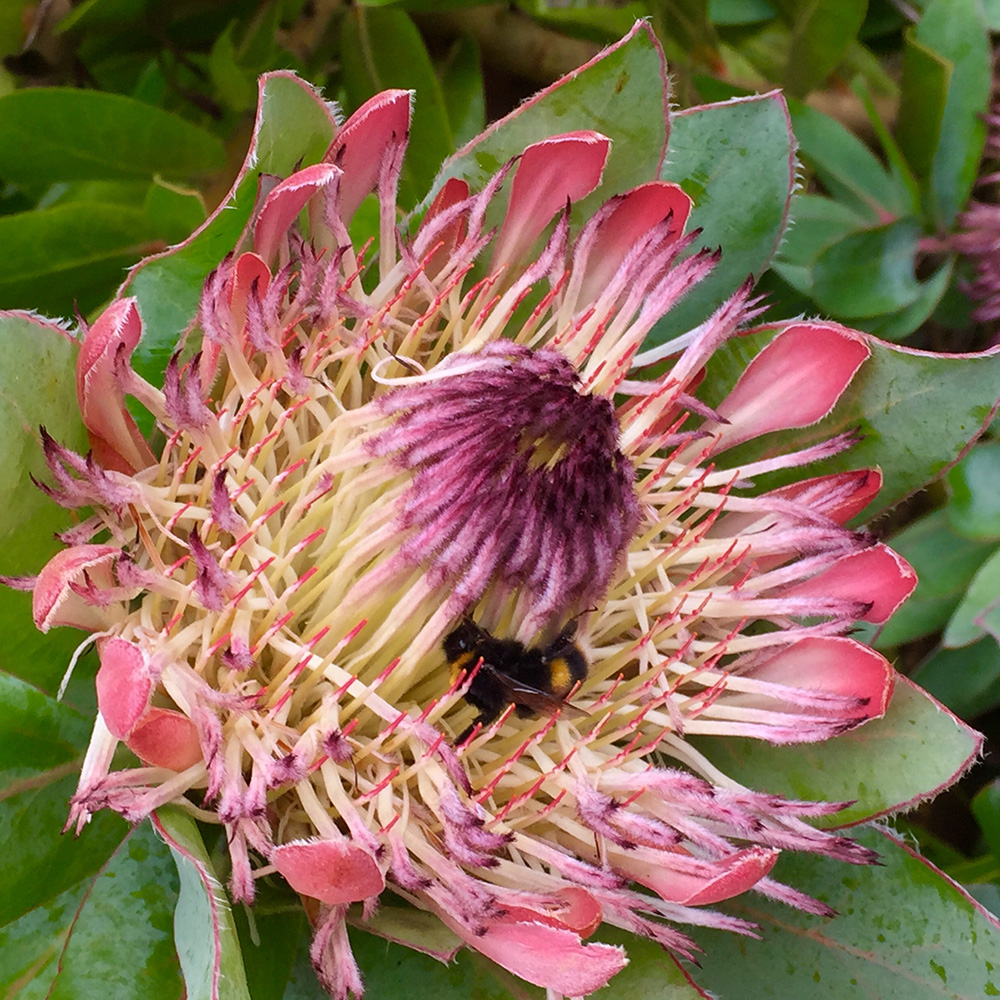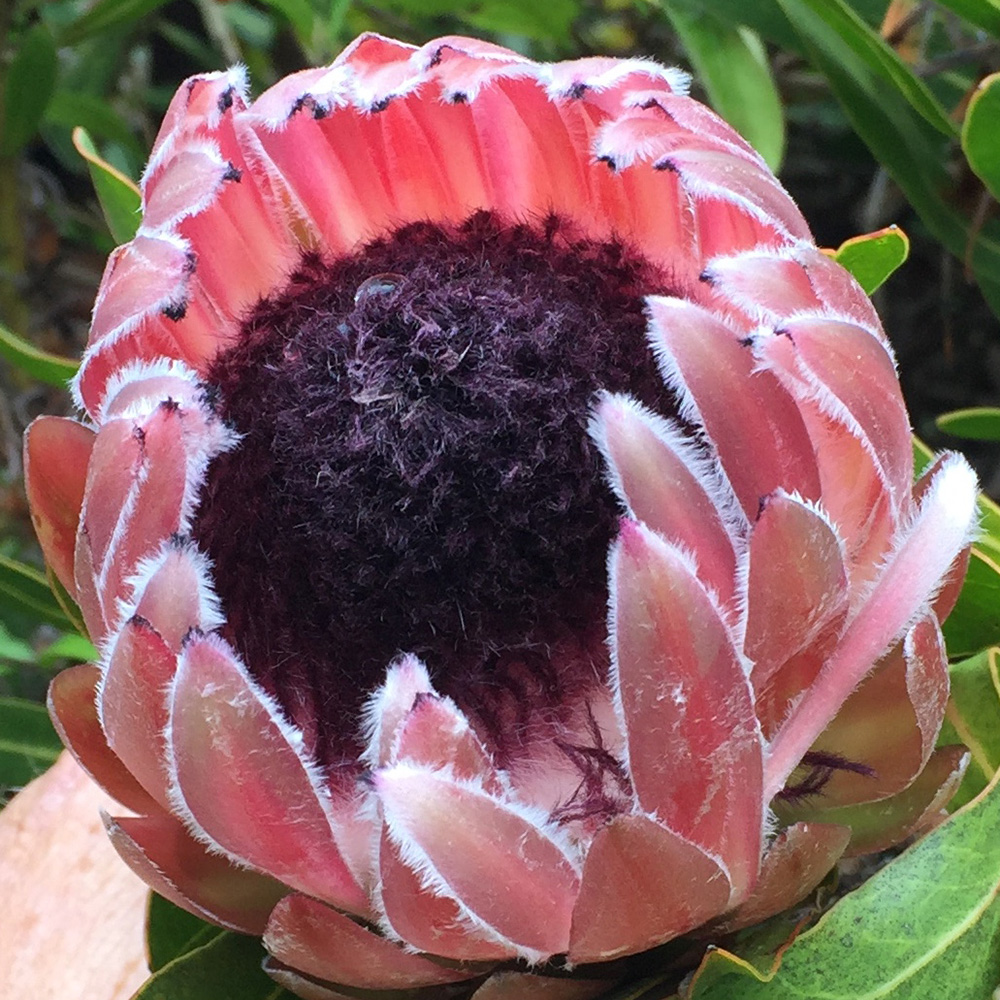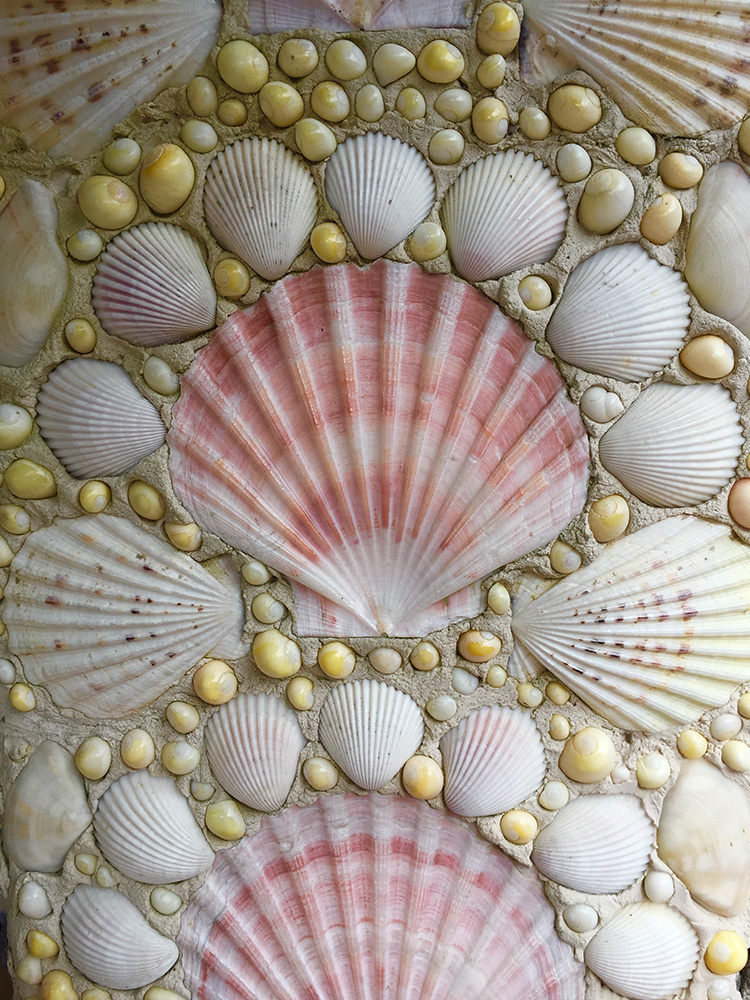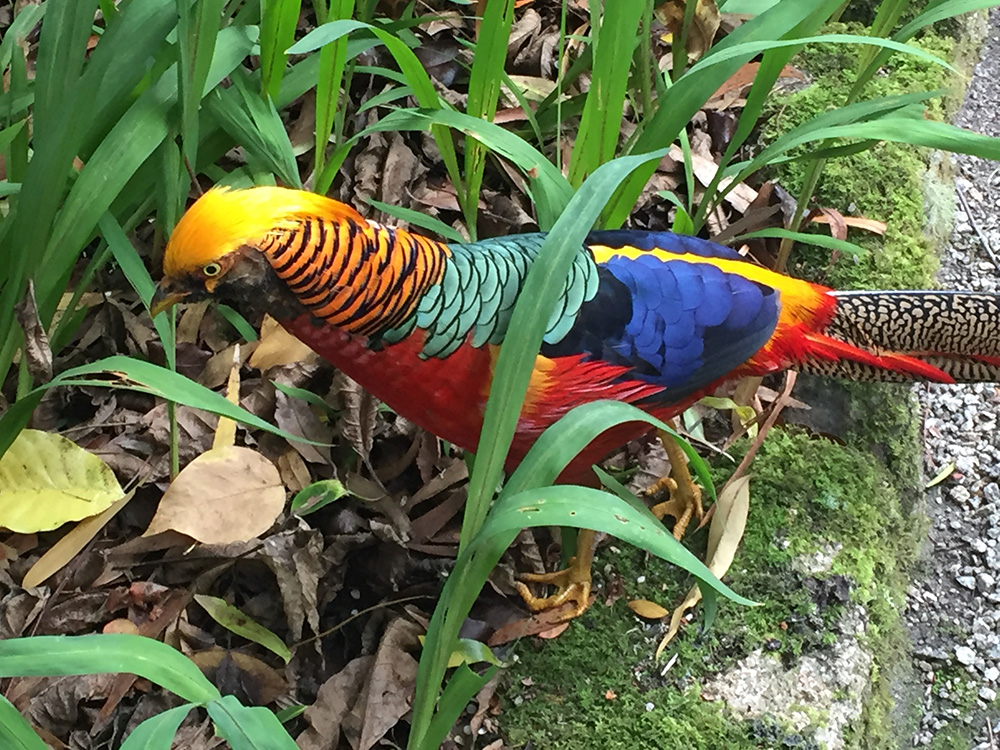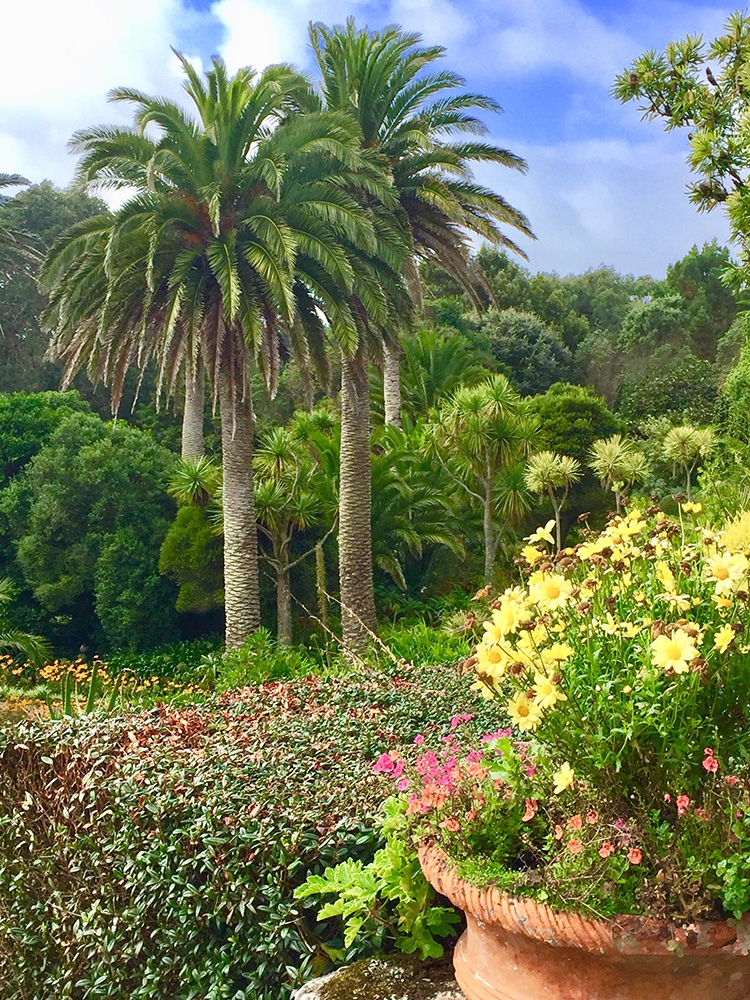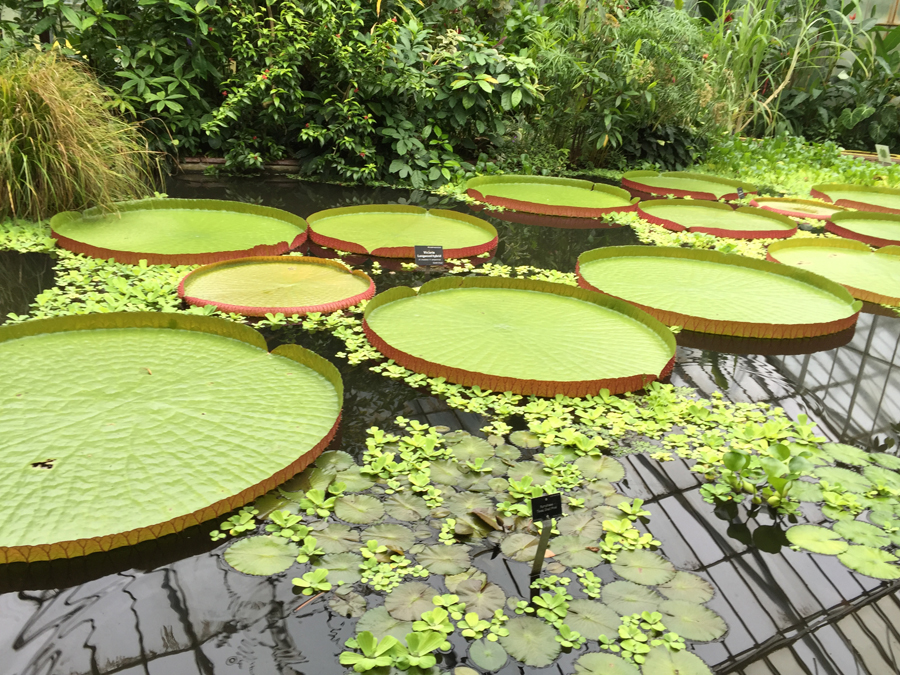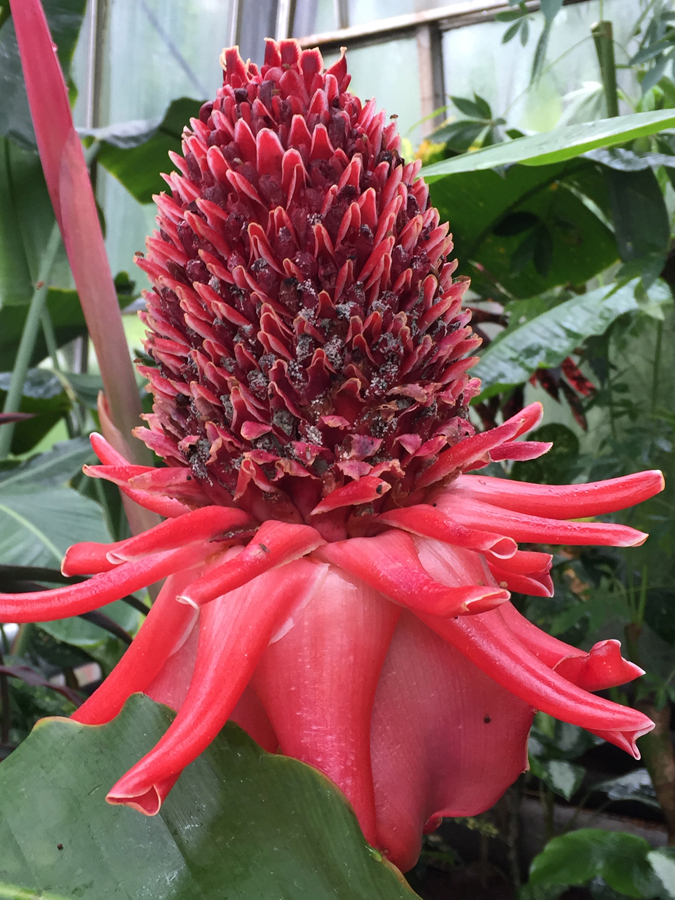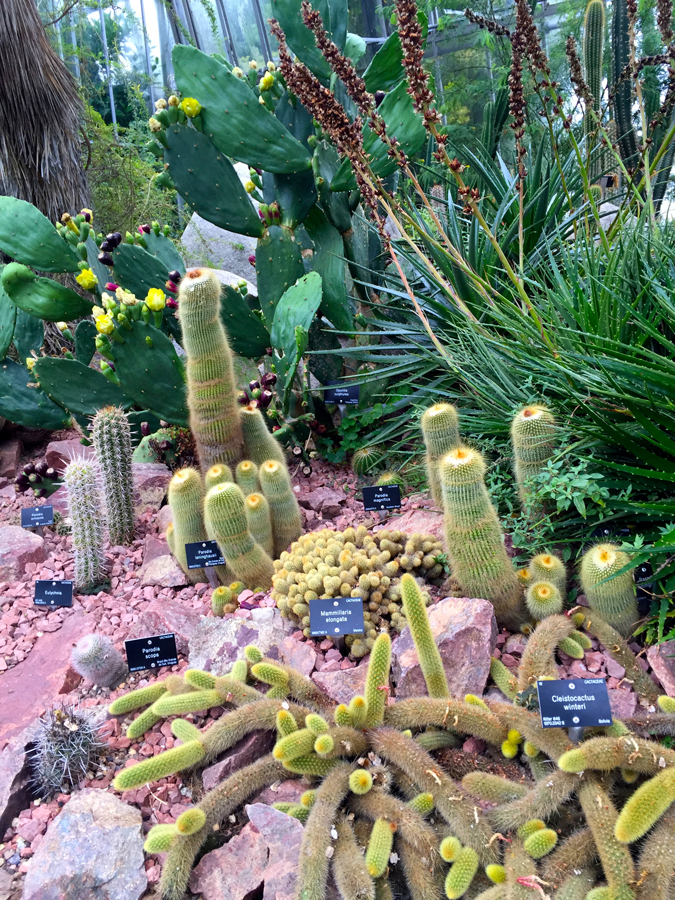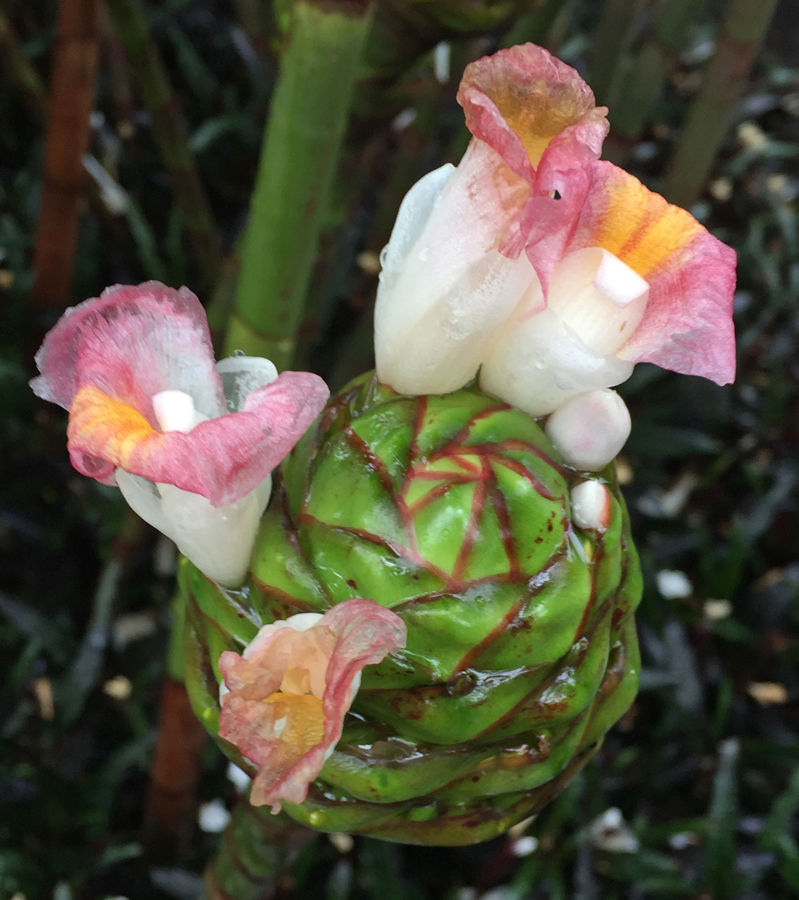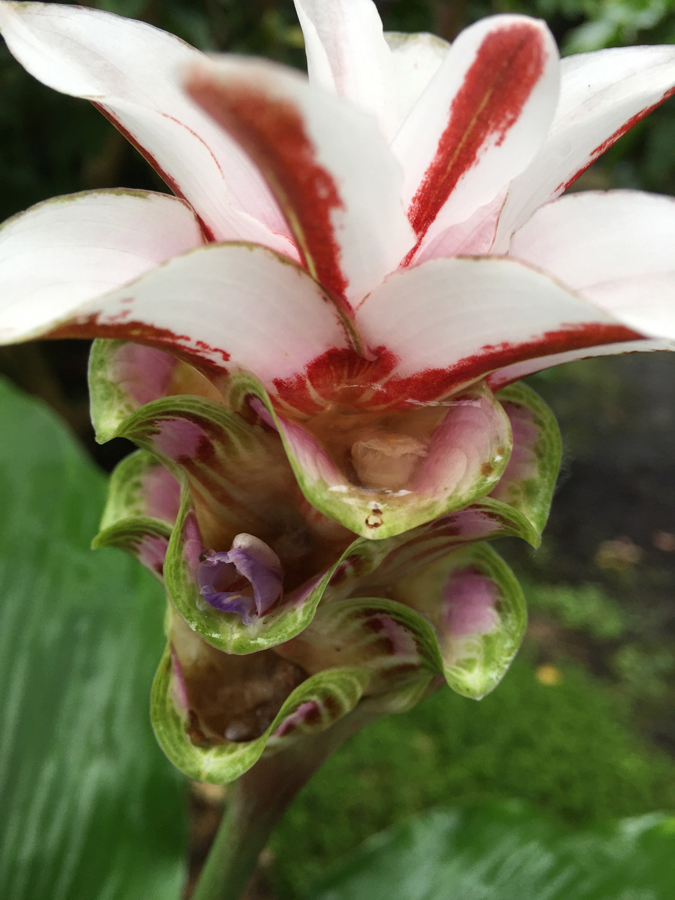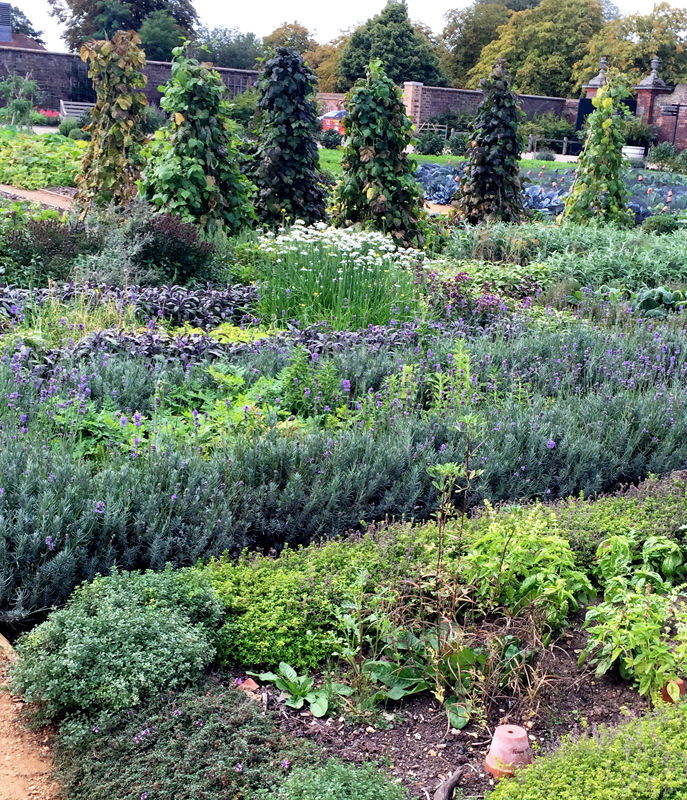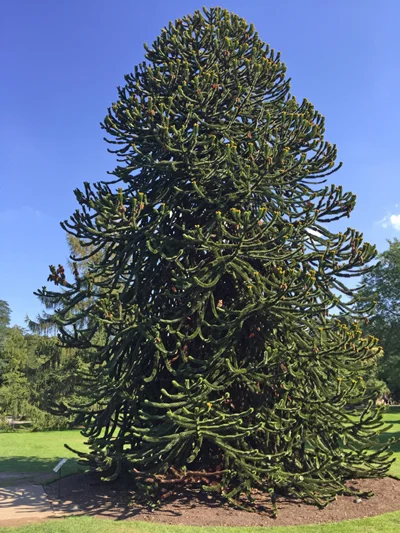The Lost Gardens of Heligan
/Tim Smit, a successful composer and musical entrepeneur, and two acquaintances were looking for a suitable piece of land in Cornwall to start a rare breeds farm when they stumbled upon this derelict garden in 1990. The ancient shelter belts had come crashing down in the storms of 1987 and 1990, crushing everything in their path. Overgrown with vines, bamboos, and self-sown trees, the property was basically inaccessible.
As Smit wrote: “It was the silence, the unearthly silence, that struck you first…you could hear no birdsong, no rustlings, not even the far-off murmur of life elsewhere. This dank, dark place had its own strange beauty. We had cut our way through what had once been a formal laurel hedge, which had grown massive, and was now thirty yards wide. Having crawled on hands and knees, climbed, cut, pulled and pushed our way through the hedge, we found brambles snaking everywhere…”
Smit and his companions stumbled upon the decaying remains of walls, buildings and greenhouses, with their roofs caved in, glass smashed, and walls obscured by brambles and vines
On the wall of what was once the Thunderbox, or privy, they found the barely legible signatures of the men that had worked in this garden, and the date August 1914. This historic estate, belonging for hundreds of years to the Tremayne family, lost the great bulk of its staff to the First World War, and it never recovered.
As the gardens were excavated, it looked as though the gardeners had left in the midst of their work one day, and never returned. Those same names found on the Thunderbox wall were later discovered on World War I memorials in neighboring burial grounds.
Smit and his partners, along with crews of volunteers, spent several years cutting, clearing, burning and replanting. Much of the property was steep valley, inaccessible to large machinery, so the work had to be done by hand. When you visit Heligan today, you find a stunning garden and an archealogical resurrection of an old way of life in an affluent country house.
The core of the estate was this magnificent kitchen garden, which was painfully restored to its original design.
Brick and stone walls were carefully rebuilt, wooden panes and frames were milled to the original profiles, and glass mullions were replaced. The gardeners replanted cold frames, mellon houses and the antique pineapple pit with heirloom plants. After many attempts, they successfully grew pineapples using the traditional method of heating the pit with freshly rotting horse manure.
Heligan’s gardeners employ the gardening methods that were used in the 1800s, when the garden was in its prime. Our tour guide even demonstrated the correct way to use a Cornish shovel.
The southfacing walls of the kitchen garden were planted with espaliered stone fruit trees. The walls absorbed the warmth of the sun and created a mild microclimate for the delicate trees. One of the walls was filled with alcoves for bee skeps that ensured pollination of the gardens.
Heligan’s goal is to champion and conserve heritage varieties, so the vegetable gardens are planted with crops that would have been there in 1910. The vegetables are used for meal preparation in the café and sold to the public.
Sumptuous flowers are grown in the kitchen garden as they would have been historically for decorating the manor.
The Tremaynes were keen botanists and plant collectors. Many of the rhododendrons encircling Floras Green were grown from seed collected by plant explorer John Hooker in India and the Himalayas in the 1850s.
The Jungle garden was created in the late 1800s in a steep valley. Jack Tremayne wanted a wild place that contained as many exotic plants as he could find. He dug three ponds, and planted swaths of different bamboos, huge gunneras, exotic palms, and conifers from all over the world.
Heligan has the largest collection of tree ferns in Britain. These arrived stowed as ballast on boats from Australia. When they arrived in Cornwall, the large dry rooty stumps were thrown into the river to be rehydrated before distribution among the Cornish gardens.
Smit wrote: “When we first entered the Jungle, we felt like explorers coming on a lost world. Hundreds of self-seeded sycamores and ash trees obscured the landscape. Ferns, mosses and lichens covered everything in this dank place. The trees were so dense, it was easy to get lost.”
Some of us faced our fears and crossed the Jungle valley on this rope bridge.
These are some of the beautiful gingers growing in the Jungle garden.
This is just a quick preview of The Lost Gardens of Heligan. The vast estate has other formal garden as well as pastures, woodlands, a farmyard of heritage livestock breeds, poultry, and horses, and a cafe. It takes a full day to tour the entire property. For more information, see heligan.com. Tim Smit’s book, The Lost Gardens of Heligan, provides a fascinating account of the resurrection of this garden.
You Might Also Like































